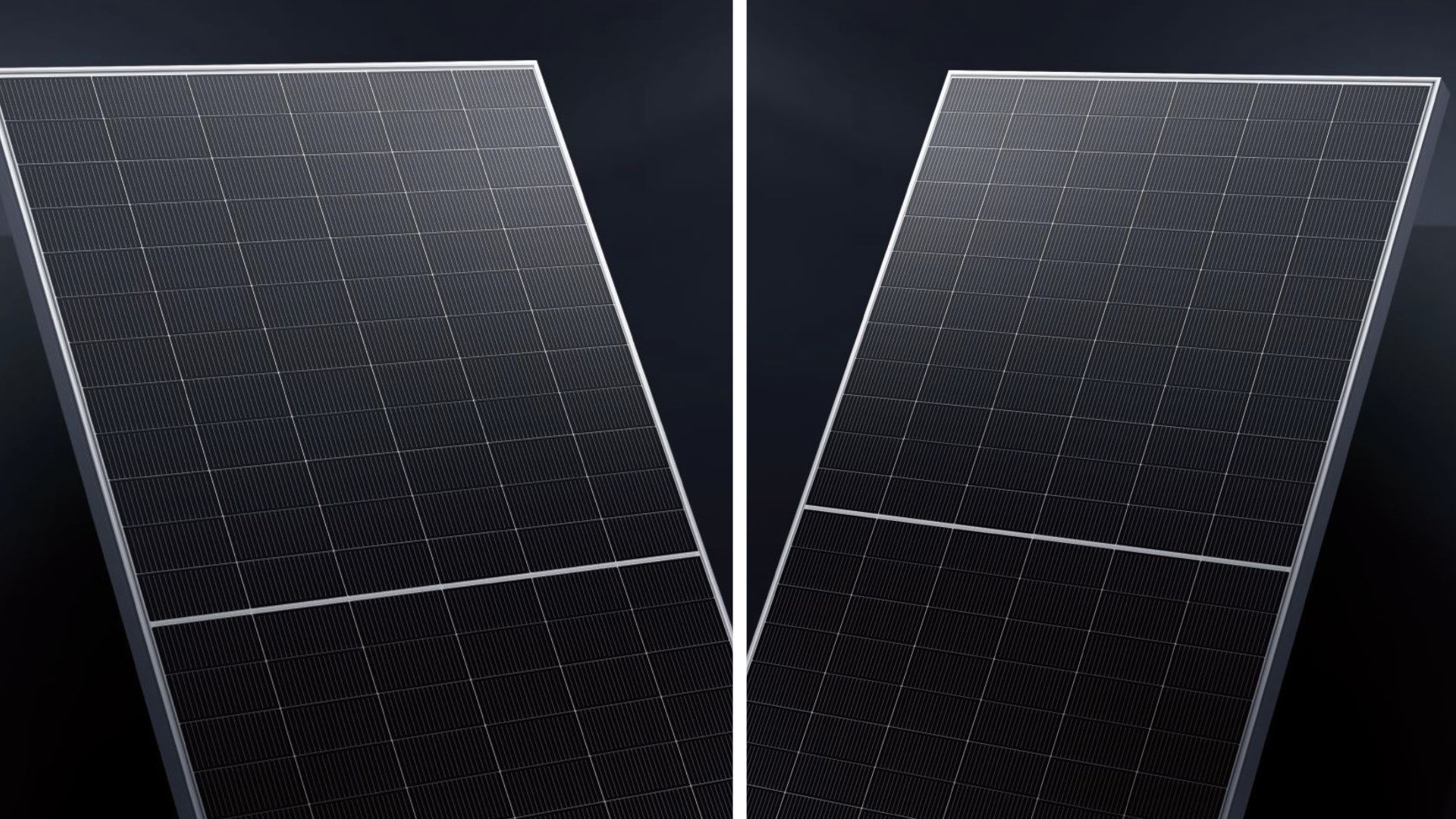Chinese Company Breaks World Record with 34.85% Efficient Tandem Solar Cell

A leading Chinese solar tech firm has made notable progress in research and development for solar cells. Specifically, a dual-junction crystalline silicon-perovskite tandem solar cell created by Longi recorded an impressive conversion efficiency rate of 34.85%, as verified by the U.S. Department of Energy’s National Renewable Energy Laboratory (NREL).
As a leading technology pathway for next-generation ultra-efficient solar cells, crystalline silicon-perovskite tandem solar cells boast a theoretical efficiency limit of 43%, far surpassing the Shockley-Queisser (SQ) limit for single-junction solar cells (33.7%). The Chinese firm’s tandem solar cell R&D team has consistently pushed the boundaries of this technology with power conversion efficiency records.
LONGi updated its global records
Following the latest advancements, LONGi has updated their own global benchmarks for efficiency in single-junction crystalline silicon solar cells. solar cells And tandem solar cells combining crystalline silicon with perovskite materials.
The firm asserts that this two-fold accomplishment strengthens LONGi’s role as the "Dual-Champion" in solar innovation and cements its dominance in key photovoltaic technologies.
In November 2023, Longi reached a tandem solar cell efficiency of 33.9%, nearing the SQ limit. Then, in June 2024, the company surpassed this achievement with a new conversion efficiency record at 34.6%.
In just one year, LONGi has reached a new global record of 34.85%. efficiency .
Using an approach focused on bilayer interface passivation
In September, Longi’s research team explained that the cell was based on a bilayer interface passivation strategy that reportedly maximizes both electron transport and hole blocking. This is achieved through the incorporation of a thin lithium fluoride (LiF) layer and the deposition of short-chain ethylenediammonium diiodide (EDAI) molecules.
The Longi team had highlighted earlier that the thicker LiF layer May aid in enhancing passivation, yet they introduce significant unwanted resistive losses. The group highlighted that the EDAI molecule has the capability to chemically passivate regions left uncontacted by the LiF layer, thus creating nanoscale localized connections at the perovskite/C60 interface. This approach aims for an ideal balance between passivation effectiveness and efficient charge extraction.
The firm has likewise asserted that it substantially lowered the expense of crystal extraction by employing advanced techniques including larger batch sizes, increased drawing speeds, and multiple crystal extractions. This was complemented by enhancements in supportive machinery, along with the adoption of novel materials and an automated control system.
By leveraging automation in manufacturing, the firm asserts that it can enhance effective production capacity, significantly cutting down the workforce while boosting the uniformity of the crystal growth process. Intelligent automated systems are employed to manage the single-crystal furnace, minimizing human involvement in the crystallization procedure.
Last week, at LONGi’s facility in Wuhu City, located in China’s Anhui province, the company made an important announcement. They revealed that their independently created Hybrid Interdigitated-Back-Contact (HIBC) crystalline silicon solar cell achieved a remarkable conversion efficiency rate of 26.81%, validated by Germany’s ISFH institute based in Hamelin. According to reports, this breakthrough pushes the boundaries of what was previously known about maximizing the efficiency of monocrystalline silicon solar cells into uncharted territory. press release.

Posting Komentar untuk "Chinese Company Breaks World Record with 34.85% Efficient Tandem Solar Cell"
Please Leave a wise comment, Thank you